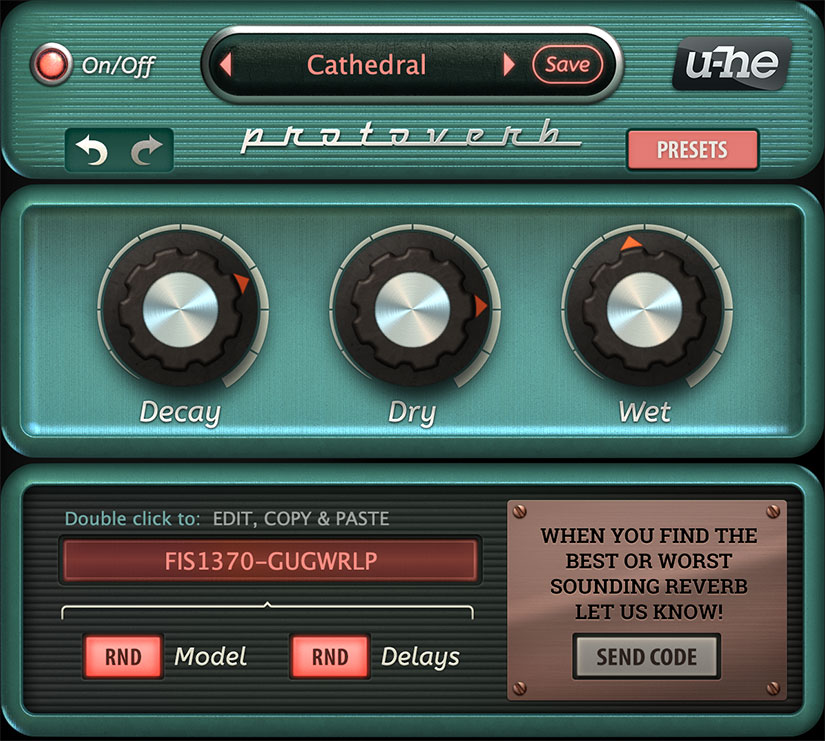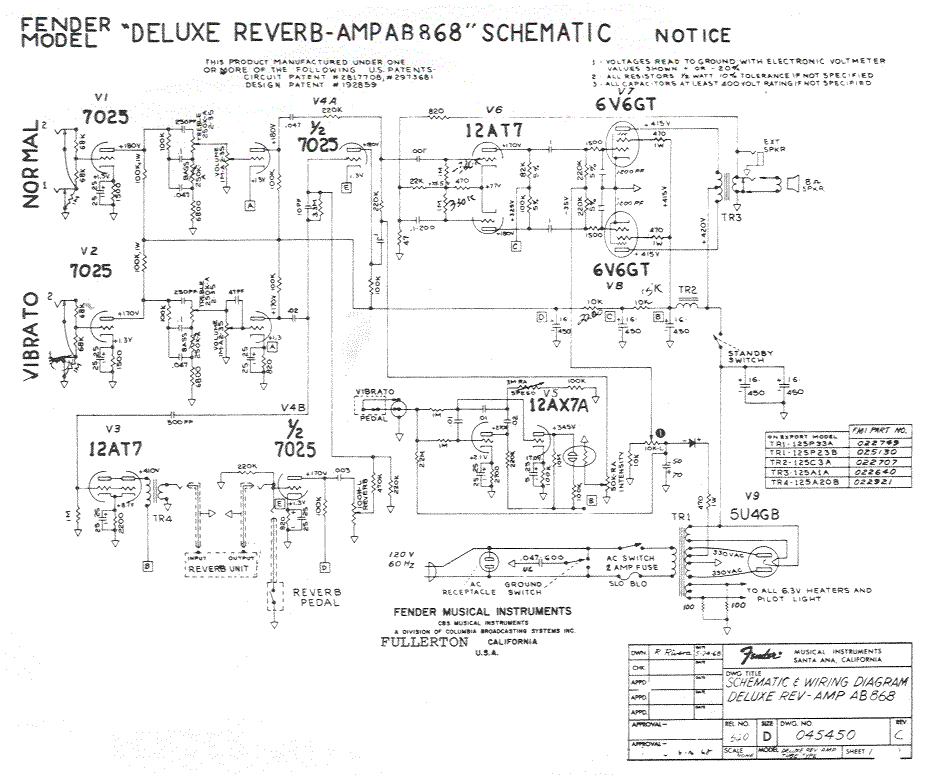I don't think anything's changed with the high end just yet. I believe this is Sascha talking about the most recent revision when someone else said that it was brighter.sqigls wrote: ↑Sun Dec 23, 2018 4:50 am hey just demoed rev 8131, it sounds MUCH better to my ears. dunno exactly what you did, but with the filter open - the spring sounds pretty much like i'd want. I don't need much total tweaking within the plugin to get there. I definitely wouldn't want anything darker though. I love the twang, i think i'll be post-compressing and EQing in many cases, just to bring out the top end out a bit more.
That was a few pages back, and I don't think there's been another Mac/Win revision since.Hehe, that's funny... We haven't changed a single thing on the reverb tank (yet). If you say 'high frequencies are much more prominent now' something's playing tricks on you, but then it's not us, really.
















